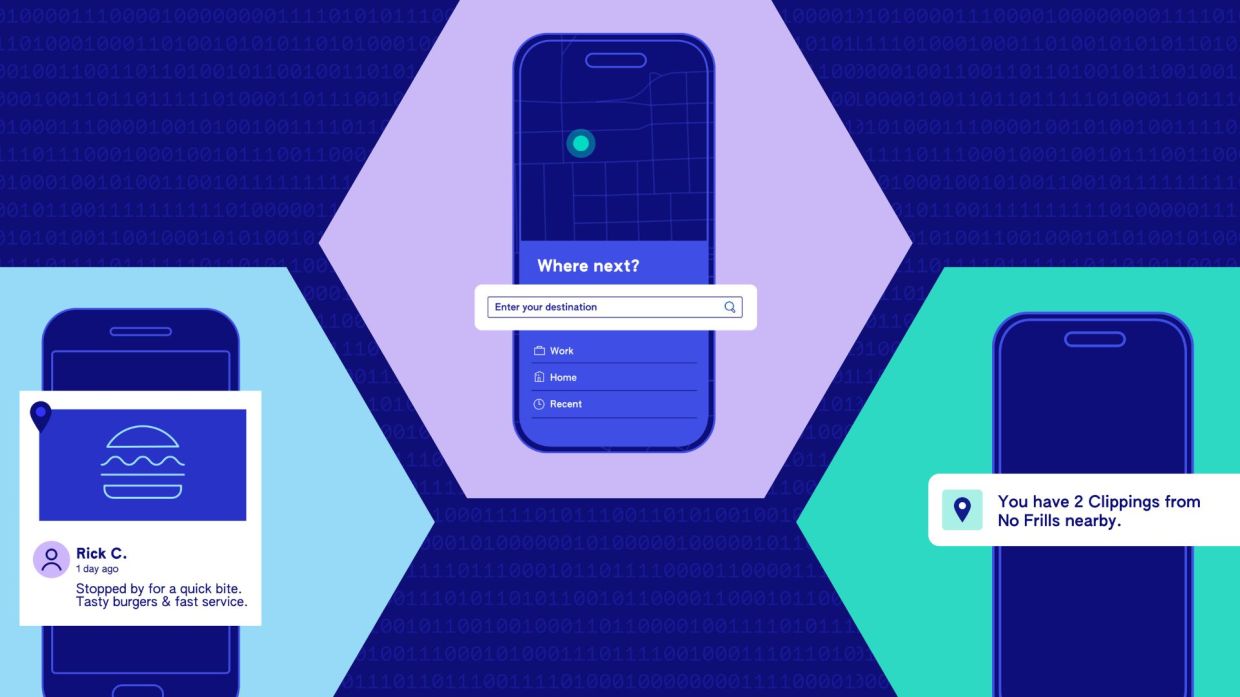Location is a key consideration for app developers who want to provide a better experience for users. Location-based SDKs are one of the most promising developments for delivering location intelligence to apps. As the world’s leading location intelligence platform, Foursquare offers reliable solutions like its Movement SDK for app developers who want to create bridges between digital spaces and physical places.
What are location SDKs?
A location SDK, which stands for location Software Development Kit, is a collection of tools developers use to design location-based services and location-aware applications. These resources enable developers to gather location signals from a user’s mobile device to power next-generation real-time, contextual app experiences
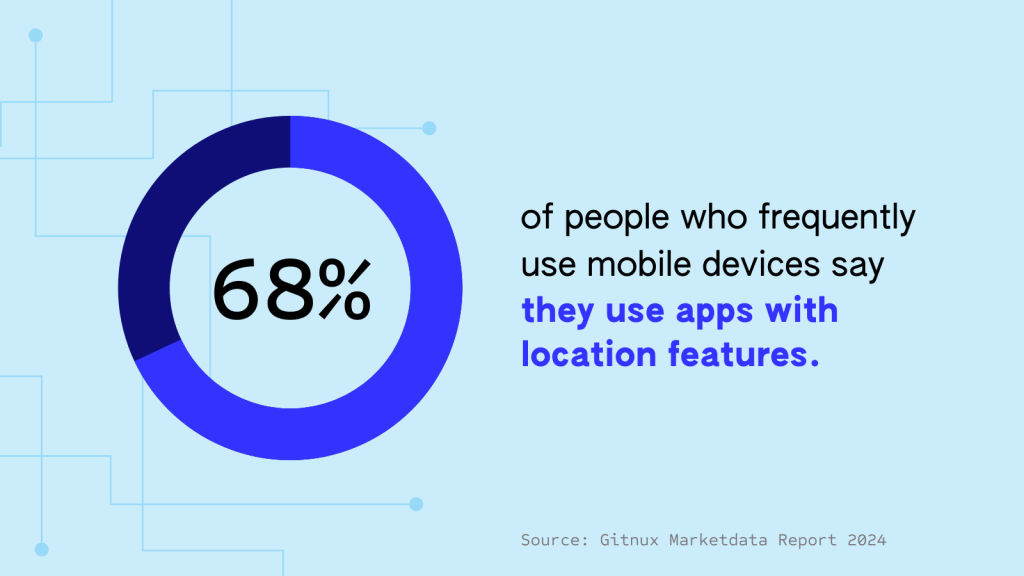
Location SDKs collect location intelligence from multiple sources, including GPS systems, wifi, bluetooth, cell tower triangulation, and accelerometers. These sources allow apps to process geographic location and related information to power the various features users have come to expect.
Benefits of Location-Based SDKs
Location SDKs provide the ideal solution for improving the functionality of location-based apps. However, app development teams may wonder if they can get more value from designing their own solution. The following context details the benefits of choosing a pre-existing SDK over building one from scratch:
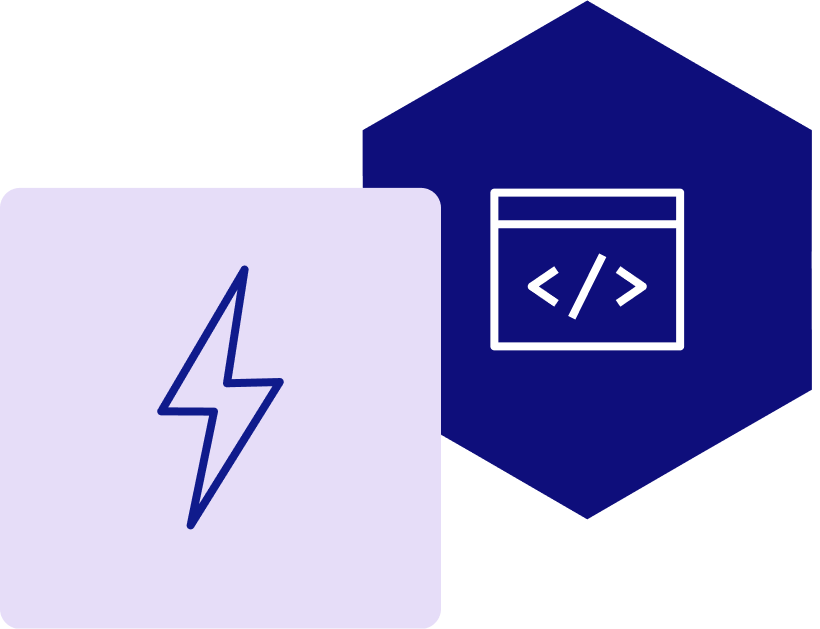
Reduced Development Time
Constructing location-aware functionality from scratch is often expensive and time-consuming. Location-based SDKs are typically pre-built with the tools and documentation developers need to integrate location-based features into apps seamlessly.
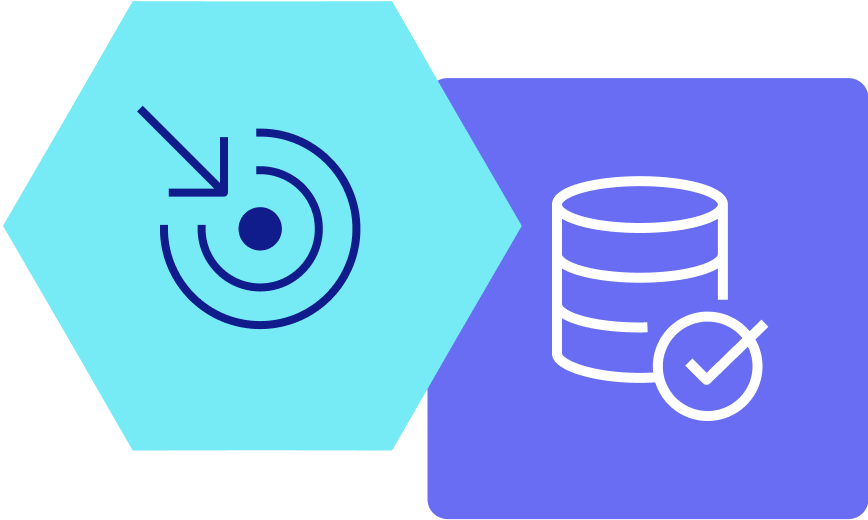
Improved Accuracy
If app developers want to design their own solutions, they need expertise in geolocation, data analysis, and related concepts. This may require hiring new talent, which isn’t always practical. Location SDKs deliver quick integration and reliable location data without the cost and hassle of bringing in outside expertise.
Similarly, SDK providers usually offer maintenance and support services, such as bug fixes and frequent updates, ensuring location-based features function optimally. App developers can also trust that Movement SDKs can process large volumes of data, enabling better scalability and reliability.
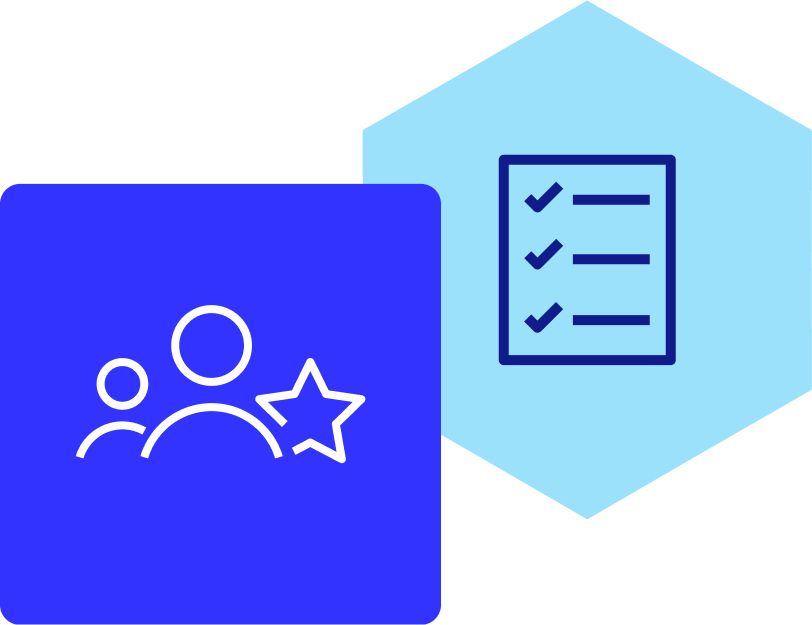
Enhanced User Experience
The advanced features of location SDKs translate into a better user experience. Developers access native geofencing and geospatial data to maintain contextual awareness with connected apps and devices. These features power numerous capabilities that help developers deliver an improved user experience. Developers who create their own solutions risk leaving out features consumers need.
Another of the many advantages of location SDKs is their versatility. From ride-hailing services like Uber to online retailers offering location-based marketing, there are many industry use cases for location-based SDKs.
Optimize location-based apps with Foursquare’s Movement SDK
A leader in the location intelligence space, Foursquare’s Movement SDK enables location-based features that brands across various industries need to deliver an exceptional user experience, such as:
- Native geofencing
- Offline attribution
- Improved check-in workflows
- Proximity-based pings
- Insight into behavioral shopping patterns
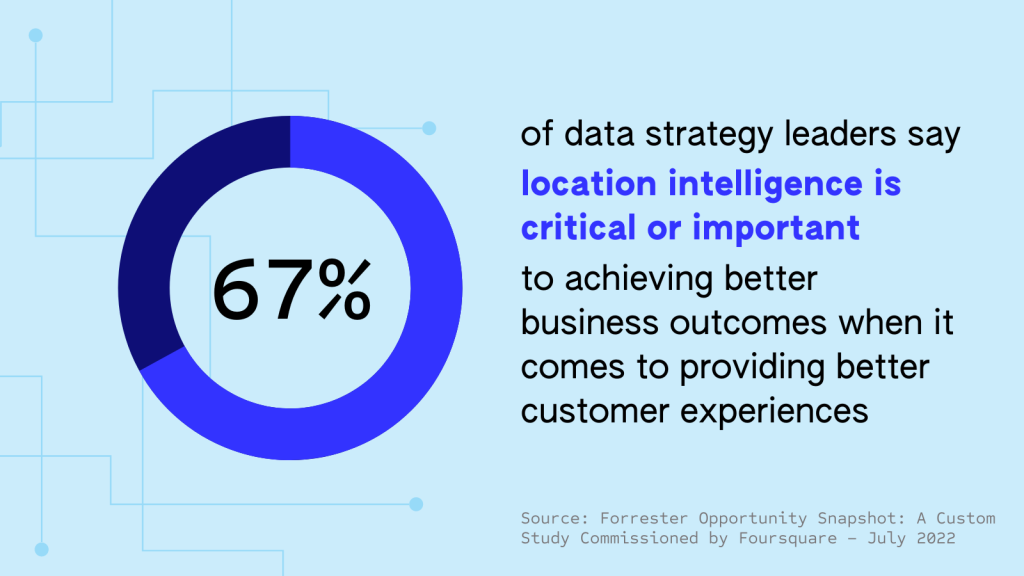
What’s more, Foursquare takes a privacy-first approach to location intelligence to ensure enterprises maintain compliance. Brands find Foursquare’s Movement SDK valuable for accomplishing many goals, from gaining insight into competitor behavior to offering more intelligent recommendations and cleansing complex data like merchant records. The following are just some brands that trust Foursquare’s Movement SDK:
- GasBuddy
- Flipp
- Shopkick
- TouchTunes
By leveraging our Movement SDK, app developers gain the contextual awareness necessary to offer users innovative location-based services and an exceptional experience. The question remains — how do location SDKs help build location-based applications for real-time tracking and other key functions? The answer is partnering with Foursquare.
Our Movement SDK allows developers to create contextual awareness, to connect users to real-world experiences based on where they are. It also offers app developers benefits they won’t get with other providers, such as access to 120M+ global POIs.
Real-world behavior and data analytics help our clients target and engage audiences, and location intelligence allows them to push personalized content based on individualized preferences and geospatial awareness. What can you do with Foursquare’s Movement SDK?
Foursquare’s Movement SDK Features
Geofencing
Geofencing involves setting a virtual perimeter around a key location by collecting user data from mobile devices. It establishes a starting point and creates a perimeter around it, typically in the shape of a square, circle, or polygon. When a user enters this virtual zone, it alerts the app and sends the user a geolocation-based notification with a suggested action.
Geofencing also provides app developers with valuable data for creating personalized, location-based marketing. Location intelligence enables the app to deliver notifications with different marketing messages at the right place and at the right time. Most importantly, the tracking function of geofencing adheres to privacy standards, ensuring consumer protections are upheld and no violations of laws.
Snap-to-Place Technology
Snap-to-place technology, a core proprietary feature of Movement SDK, enhances the accuracy of location tracking. A common challenge with location tracking is differentiating between a true visit to a venue and a user simply passing it on their way to another destination. Through signals like stop detection technology, apps can make better judgments about a user’s behavior.
This is where snap-to-place technology comes in. It provides a precise understanding of when a user visits a venue, enabling the app to trigger real-time experiences. In other words, instead of considering the broader geolocation of the user, snap-to-place technology pinpoints the specific venue.
User Current Location
The Movement SDK facilitates more meaningful location-based analytics. Many mobile apps ask users for permission to access their location while using the app. When users give permission, apps gather data about current user location, such as:
- Place name, category, and chain information
- Geofence events
- Country, city, state, and zip code information (including latitude and longitude coordinates)
Some app users opt to have their location always on. In these cases, apps will retrieve location information about key destinations like home, work, and commutes.
User Journeys
The journey function offers an enhanced form of GPS location tracking. While in the app, the user clicks on an action signifying a journey. This can be a button to let another user know they are on the way. The Movement SDK begins monitoring travel once the journey is activated, providing real-time ETAs and automatically notifying when a user reaches the destination.
This feature is particularly useful with delivery services. When a business sends a shipment, the app begins tracking the delivery for the recipient and lets the business know when the item has arrived. Businesses may also find it helpful for in-store or curbside pickup and located-based advertising.
Points of Interest Management
Our Movement SDK can power location-based messaging even for destinations and venues users haven’t visited before. Points of interest (POI) are landmarks for a location, such as tourist attractions, cultural/historical sites, or restaurants — to name a few. They may also be key facilities like a town hall or airport.
POIs are valuable for tourism and transportation, and also offer a reference point that triggers location-based messaging. For example, when a user is close to a POI, the app can deliver geo-marketing notifications about nearby services.
Insight Into User States
User states provide greater context than gathering intelligence about isolated travel. Location-based SDKs begin to understand user behavior within several days of using the app and attempt to establish home and work locations. For privacy reasons, these locations are general geographic areas and not exact addresses. Next, the location-based SDK determines travel state by looking at home and work travel patterns. With this information, it can identify the typical routes and durations of commutes to offer personalized messages about potential stops to take on the way.
Understanding these patterns allows location-based SDKs to notice deviations better. When the user travels outside the standard patterns, it indicates more significant travel, such as when vacationing. When mobile apps become aware of this change, they can provide more targeted messaging based on that new location.
To learn more about Foursquare’s Movement SDK, read our docs. You can also contact us today to speak with an expert.
Reviewed By: Stu Kendall
